PAT PILCHER takes a look at the latest wave of local climate protests, and opts for more pragmatic collective action.
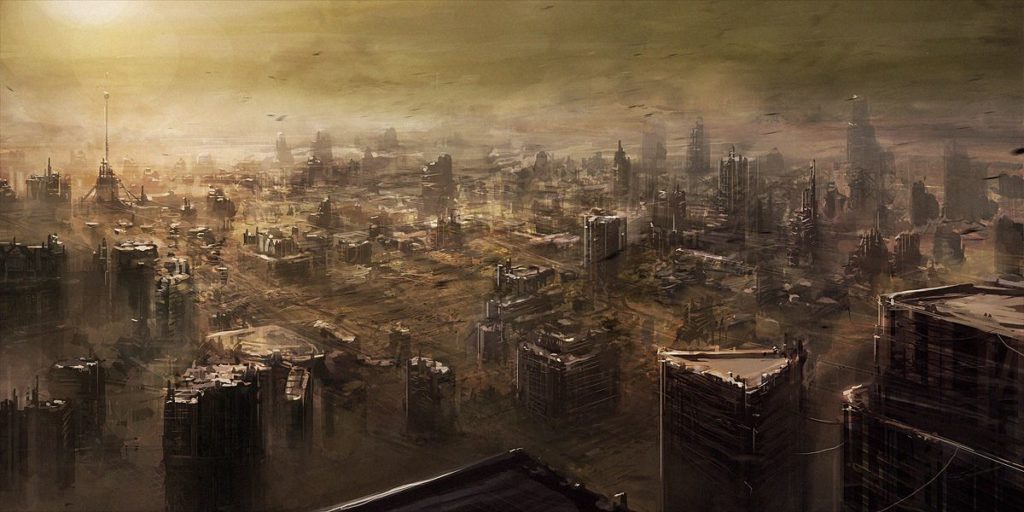
Last week climate ‘emergency’ protestors embarked on a day of civil disobedience in Wellington, causing delays to public transport thanks to a sit-in at a busy city intersection during the evening rush hour.
Protesting and engaging in civil disobedience has long been a useful way to place pressure on the government and big business. That said, I do wonder just how much of a difference to the looming climate emergency facing our planet these protests will make.
Climate change deniers (who are as mad as flat-earthers) aside, there’s little debate that drawing the attention to the looming environmental disaster is a good thing. But we do need to focus on solutions rather than shouting if we are to make any real difference and avoid a Mad Max-style dystopian future.
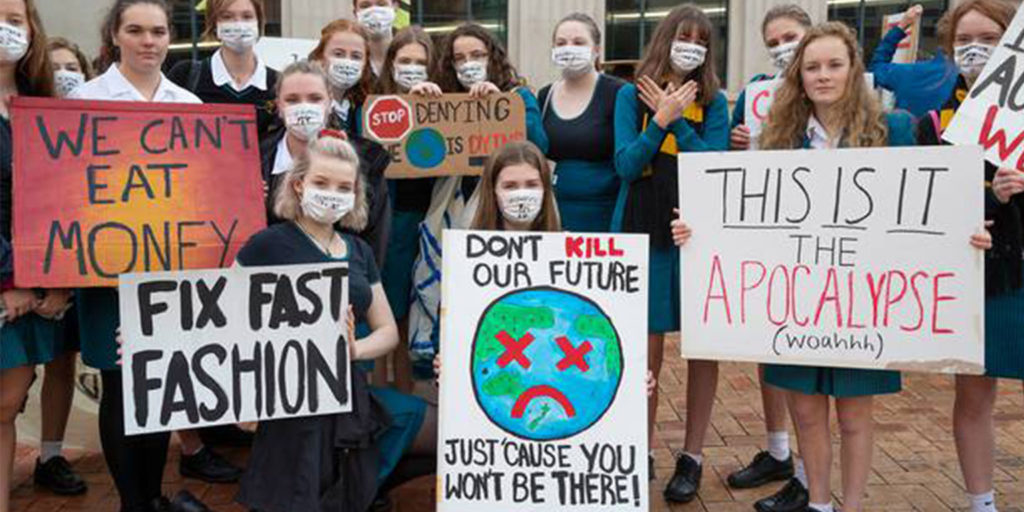
So, what exactly is it that everyone is getting so aerated about? Pollutants, including carbon dioxide and methane have been steadily accumulating, and these act like an invisible duvet that has been steadily warming the Earth. These pollutants are mainly the result of burning oil, coal and gas, as well as agriculture and industry.
According to the Ministry For The Environment (MFE), climate change will have some very definite impacts on New Zealand. MFE say that higher temperatures will be more noticeable in the North Island than the South. They also say that the greatest warming will happen in the north-east and that the amount of warming in New Zealand will be lower than the global average. It isn’t merely going to be a case of kicking the duvet off the bed at night.
The MFE also predict rising sea levels and much more frequent extreme weather events. These will include droughts (mostly on the east of New Zealand) as well as floods, followed by a change in rainfall patterns which will see increased summer rainfall in the north and east of the North Island and more winter rain in the South Island.
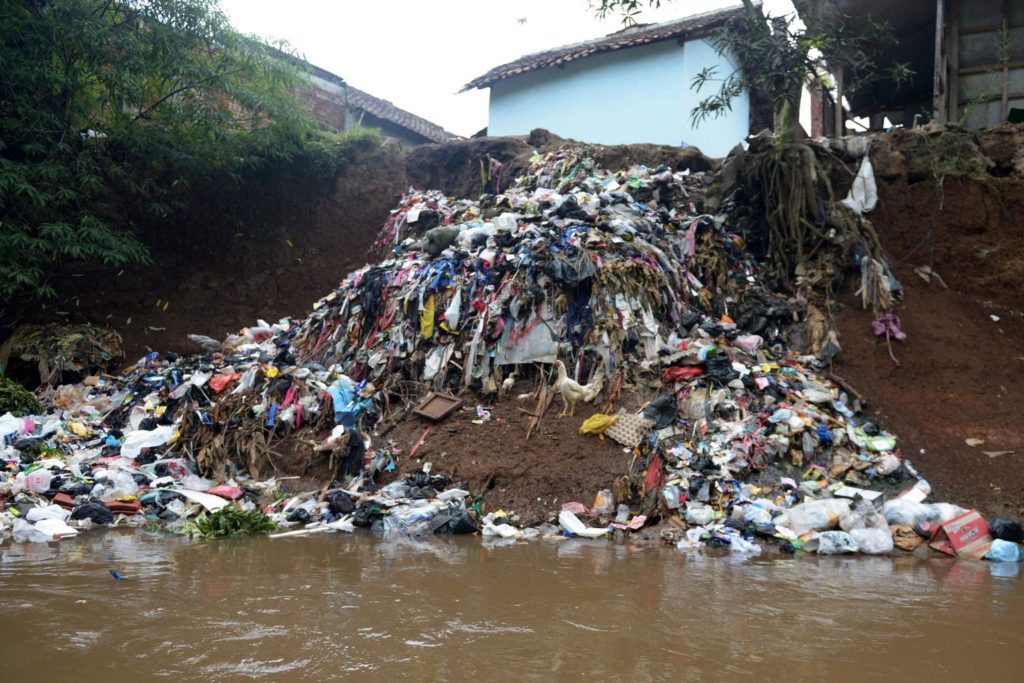
This is bad news for New Zealand, which has long cashed in on its mild and largely predictable weather to develop the agricultural, horticultural and viniculture sectors of its economy.
The economic fallout from climate change aside, the impacts on food production, property and the cushy western lifestyle we have long taken for granted in New Zealand are many-fold.
Which brings me to my first question: how many climate emergency protestors are doing anything useful to help curb greenhouse gas emissions? How many of these protestors drove to and from the protest? What are their plastics use like?
Most important of all, how can you do your bit to avoid ecological Armageddon?
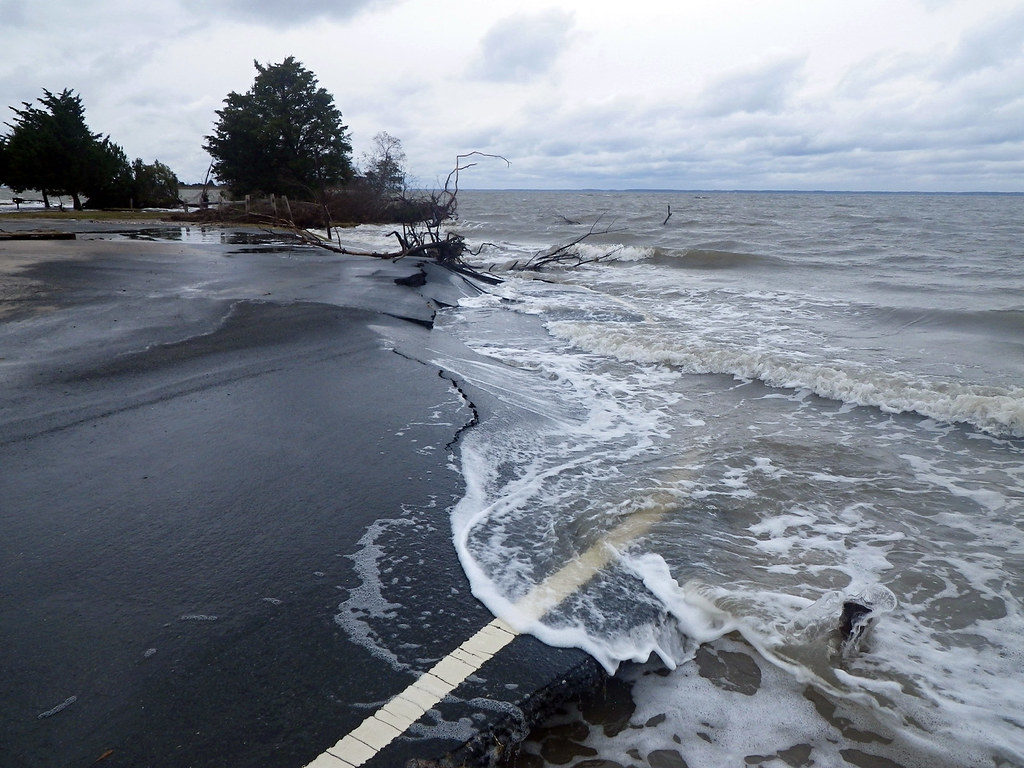
My argument around this goes like this: While protests can build awareness, real changes must come from the collective actions of us all. This is where there’s a scarcity of information, and an unwillingness to embrace change. It is little wonder so many are opting for protests when they probably don’t know what they can do to drive positive change.
Perhaps one of the most useful things anyone can do to prevent climate change is driving and flying less. According to the MFE, “The transport sector contributes 19 per cent of New Zealand’s total greenhouse gas emissions”. Walking or cycling, or at least opting for public transport and carpooling will dramatically reduce your carbon footprint.
Technology also plays a significant role. With a growing number of Kiwi homes fitted with fast broadband and smart devices, it’s possible to work remotely and use video conferencing instead of travel. If you must fly, Air New Zealand has a carbon offset scheme.
Another easy way of doing your bit is to cut down on the amount of electricity you use. While most of New Zealand’s electricity is generated from greenhouse gas-friendly renewables such as hydropower, electricity use still sometimes gets supplemented at peak times with gas and coal power generation.
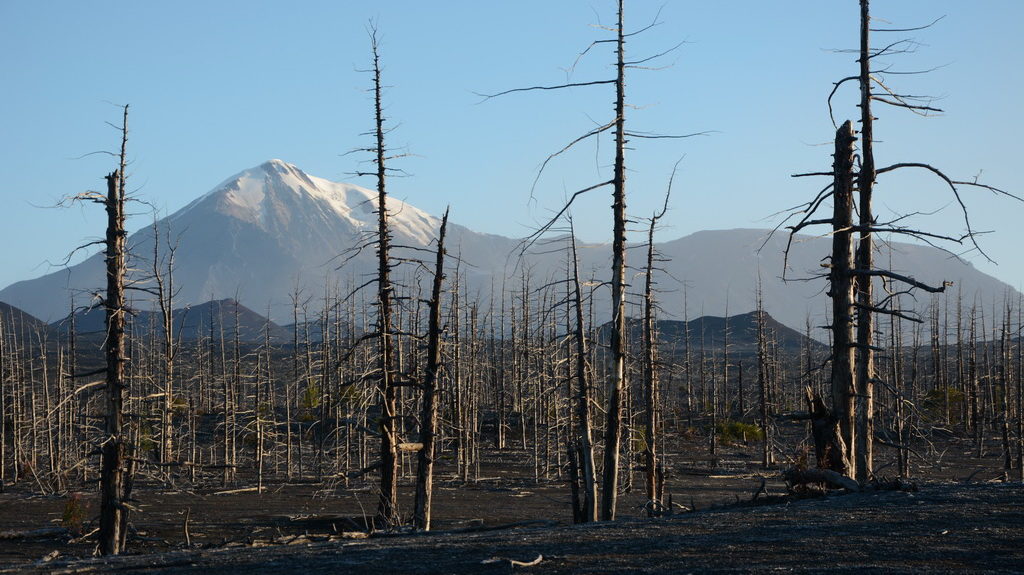
Switching off lights when they’re not in use and opting for LED lightbulbs that are more energy-efficient than traditional bulbs will help. Avoid leaving electronics in standby mode, and only use the dishwasher and the washing machine when they can wash full loads. Speaking of washing clothes, MFE also suggests that you, “Wash clothes in cold water and dry them outdoors when possible”. Conserving electricity isn’t terribly difficult, and there is a tonne of ideas available on the Energywise website.
Another effective way to reduce your impact on the environment involves eating less meat. This is because red meat production creates far more greenhouse gas emissions than chicken farming and horticulture (fruit, vegetables and cereals). MFE also says that, “Around 30 per cent of the world’s land area is used for livestock production,” and that this is one of the key drivers of deforestation.
There are also health benefits from cutting down on meat. Eating more fruit, cereal and vegetables can reduce the risk of heart disease and even some cancers. A growing number of increasingly good meat substitutes such as the Impossible Burger or chicken-free-chicken is hitting retailer shelves, too.
This also brings me to another tip for doing your bit to combat climate change: Plant your own vegetables and better still, fruit trees. In addition to soaking up carbon dioxide greenhouse gas, these will also have a positive impact on your weekly grocery bill.
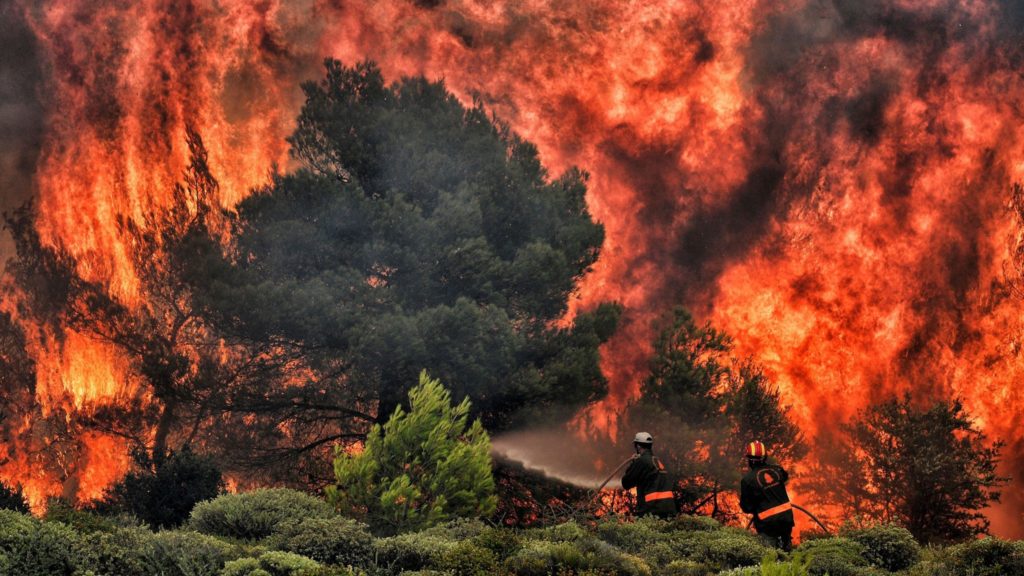
Last (but by no means least), reduce, reuse and recycle. This makes a tonne of good sense, as all the packaged goods you buy need energy and materials to get manufactured and transported. Reducing how much you use will directly reduce wasted resources and greenhouse gas emissions.
Recycling need not only involve bottles and cardboard. Composting kitchen scraps and garden waste goes a long way to feed your garden. Compost can also act as mulch in summer to lower water consumption. Considering that nearly half of the trash that ends up in landfills in NZ is organic, the environmental impact of composting alone (if enough of us do it) is massive.
Try to buy products without packaging whenever possible and always take your reusable bags to the supermarket. Getting rid of or cutting down on plastics used in your home might seem like a herculean undertaking, but it can be done. Here’s how and why it is so vital.
As useful as a veggie garden is, also try to plant trees. They are one of the most effective ways of absorbing carbon dioxide, and can also provide shade in the summer, plus their roots help keep soil in place. When trees are planted around a home, they can cut electricity used for air conditioning in summer.
So, there you have it. Go protest, but please for the love of all future generations on the one place in the known universe that supports life as we know it, try to do your bit to help. It isn’t all that hard.















